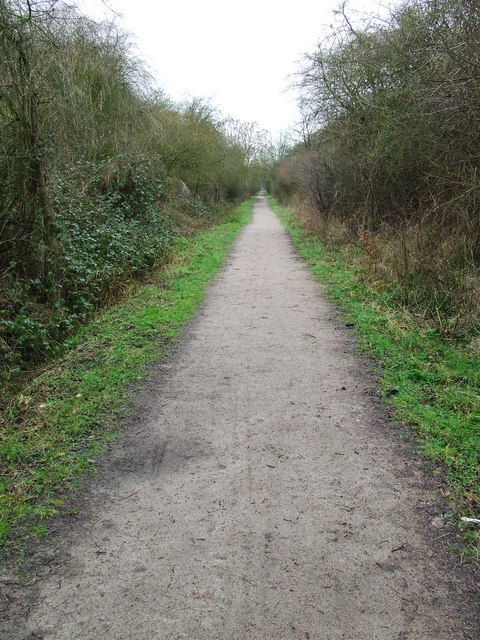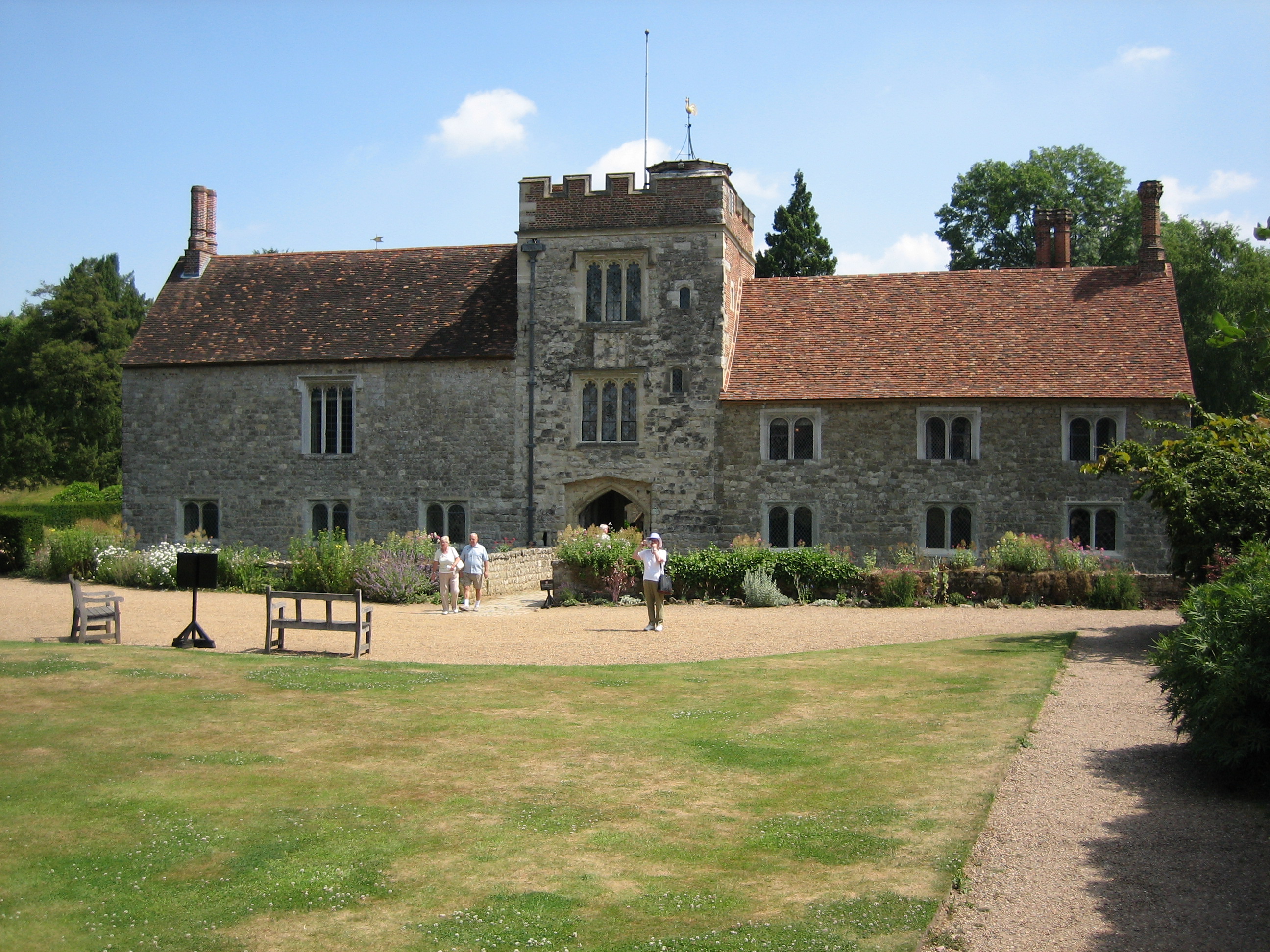|
White Roothing
White Roding is a village and civil parish in the Uttlesford district of Essex, England. The village is included in the eight hamlets and villages called The Rodings. White Roding is north-west from the county town of Chelmsford. History According to ''A Dictionary of British Place Names'', Roding derives from "Rodinges" as is listed in the ''Domesday Book'', with the later variation 'White Roeng' recorded in 1248. The 'White' refers to the colour of the parish church walls. White Roding itself is not listed in the Domesday survey, although its parish-incorporated small manor of Morrell Roding is, and is listed as in the Hundred of Ongar. Morrell Roding manor was of 11 households, three villagers, three smallholders, and one slave, and included two lord's plough teams, one men's plough team, of meadow, and a woodland with 100 pigs. In 1066 there were 10 cattle, six pigs, 50 sheep, and a cob. In 1086 there were 25 cattle, 89 pigs, 55 goats, 225 sheep, seven cobs, and eight ... [...More Info...] [...Related Items...] OR: [Wikipedia] [Google] [Baidu] |
Uttlesford
Uttlesford is a Non-metropolitan district, local government district in Essex, England. Its council is based in the town of Saffron Walden. The district also includes the town of Great Dunmow and numerous villages, including Stansted Mountfitchet, Takeley, Elsenham, Thaxted, and Newport, Essex, Newport. The district covers a largely rural area in the north-west of Essex. London Stansted Airport lies within the district. The neighbouring districts are Braintree District, Braintree, City of Chelmsford, Chelmsford, Epping Forest District, Epping Forest, East Hertfordshire, North Hertfordshire and South Cambridgeshire. History The district was formed on 1 April 1974 under the Local Government Act 1972 as one of 14 districts within Essex. The new district covered the area of three former districts, which were all abolished at the same time: *Dunmow Rural District *Saffron Walden Municipal Borough *Saffron Walden Rural District The new district was named after the ancient hundred (cou ... [...More Info...] [...Related Items...] OR: [Wikipedia] [Google] [Baidu] |
Lord Of The Manor
Lord of the manor is a title that, in Anglo-Saxon England and Norman England, referred to the landholder of a historical rural estate. The titles date to the English Feudalism, feudal (specifically English feudal barony, baronial) system. The lord enjoyed Manorialism, manorial rights (the rights to establish and occupy a residence, known as the manor house and demesne) as well as seignory, the right to grant or draw benefit from the estate (for example, as a landlord). The title is not a peerage or title of upper nobility (although the holder could also be a peer) but was a relationship to land and how it could be used and those living on the land (tenants) may be deployed, and the broad estate and its inhabitants administered. The title continues in modern England and Wales as a legally recognised form of property that can be held independently of its historical rights. It may belong entirely to one person or be a moiety title, moiety shared with other people. The title is know ... [...More Info...] [...Related Items...] OR: [Wikipedia] [Google] [Baidu] |
Everard Baronets
There have been three baronetcies created for persons with the surname Everard, one in the Baronetage of Ireland, one in the Baronetage of England and one in the Baronetage of the United Kingdom. Only one creation is extant as of 2010. The Everard Baronetcy, of Ballyboy in the County of Tipperary, was created in the Baronetage of Ireland on 30 April 1622 for Richard Everard of Fethard, County Tipperary. He was the second son of Sir John Everard (died 1624), justice of the Court of King's Bench (Ireland), and member of the Irish House of Commons for County Tipperary. Sir John was a devout Roman Catholic, and this led both to his dismissal from the Bench and his disqualification from office after his election as Speaker in the Irish Parliament of 1613; but the fact that his son was created a baronet in his father's lifetime suggests that Sir John was still held in high regard by the Crown. Richard shared his father's religious beliefs: he was a prominent member of Confederate Ir ... [...More Info...] [...Related Items...] OR: [Wikipedia] [Google] [Baidu] |
Rector (ecclesiastical)
A rector is, in an ecclesiastical sense, a cleric who functions as an administrative leader in some Christian denominations. In contrast, a vicar is also a cleric but functions as an assistant and representative of an administrative leader. Ancient usage In ancient times bishops, as rulers of cities and provinces, especially in the Papal States, were called rectors, as were administrators of the patrimony of the Church (e.g. '). The Latin term ' was used by Pope Gregory I in '' Regula Pastoralis'' as equivalent to the Latin term ' (shepherd). Roman Catholic Church In the Roman Catholic Church, a rector is a person who holds the ''office'' of presiding over an ecclesiastical institution. The institution may be a particular building—such as a church (called his rectory church) or shrine—or it may be an organization, such as a parish, a mission or quasi-parish, a seminary or house of studies, a university, a hospital, or a community of clerics or religious. ... [...More Info...] [...Related Items...] OR: [Wikipedia] [Google] [Baidu] |
Great Dunmow
Great Dunmow is a historic market town and civil parish in the Uttlesford district of Essex, England. It lies to the north of the A120 road, approximately midway between Bishop's Stortford and Braintree, Essex, Braintree, east of London Stansted Airport. Originally the site of a Roman Britain, Roman settlement on Stane Street (Colchester), Stane Street, the town thrived during the Middle Ages. Dunmow means "Meadow on the Hill". The settlement was variously referred to as Dunmow Magna, Much Dunmow, or most commonly Great Dunmow. History A Roman small town developed on the junction between Stane Street (Colchester), Stane Street and the Roman roads in Britannia, Roman roads which ran northeast to southwest from Sudbury, Suffolk, Sudbury to London, and northwest to southeast from Cambridge to Chelmsford. The main settlement area spread westwards from the road junction, with cemeteries on the outskirts. There was a second Roman settlement at Church End immediately to the north of ... [...More Info...] [...Related Items...] OR: [Wikipedia] [Google] [Baidu] |
Deanery
A deanery (or decanate) is an ecclesiastical entity in the Catholic Church, the Eastern Orthodox Church, the Anglican Communion, the Evangelical Church in Germany, and the Church of Norway. A deanery is either the jurisdiction or residence of a dean. Catholic usage In the Catholic Church, Can.374 §2 of the Code of Canon Law grants to bishops the possibility to join together several neighbouring parishes into special groups, such as ''vicariates forane'', or deaneries. Each deanery is headed by a vicar forane, also called a dean or archpriest, who is—according to the definition provided in canon 553—a priest appointed by the bishop after consultation with the priests exercising ministry in the deanery. Canon 555 defines the duties of a dean as:Vicars Forane (Cann. 553–555) from the |
Archdeacon Of Middlesex
The Archdeacon of Middlesex is a senior cleric in the Church of England, co-responsible for the Archdeaconry of "Middlesex", which mirrors the "Kensington" episcopal area of the Diocese of London — the other person responsible being the Bishop of Kensington. History The ancient archdeaconry has been a division of London diocese since archdeaconries were first created in England in the 12th century. Historically it covered most of London other than the City of London and the East End. It was for ten years in the Marian-period (Roman Catholic) Diocese of Westminster from 1540, then re-absorbed back into the London diocese in 1550 as the church parted, for the final time, from Rome. It was split on 23 July 1912 to create the Archdeaconry of Hampstead and since further split to create the Archdeaconries of Northolt (in 1970) and of Charing Cross (in ). List of archdeacons High Medieval *bef. 1102–aft. 1106: RobertThe first Robert is not recorded as "Archdeacon of Mid ... [...More Info...] [...Related Items...] OR: [Wikipedia] [Google] [Baidu] |
Uttlesford District Council
Uttlesford is a local government district in Essex, England. Its council is based in the town of Saffron Walden. The district also includes the town of Great Dunmow and numerous villages, including Stansted Mountfitchet, Takeley, Elsenham, Thaxted, and Newport. The district covers a largely rural area in the north-west of Essex. London Stansted Airport lies within the district. The neighbouring districts are Braintree, Chelmsford, Epping Forest, East Hertfordshire, North Hertfordshire and South Cambridgeshire. History The district was formed on 1 April 1974 under the Local Government Act 1972 as one of 14 districts within Essex. The new district covered the area of three former districts, which were all abolished at the same time: * Dunmow Rural District *Saffron Walden Municipal Borough * Saffron Walden Rural District The new district was named after the ancient hundred of Uttlesford, which had covered much of the area. The hundred had been named after a ford on the London R ... [...More Info...] [...Related Items...] OR: [Wikipedia] [Google] [Baidu] |



